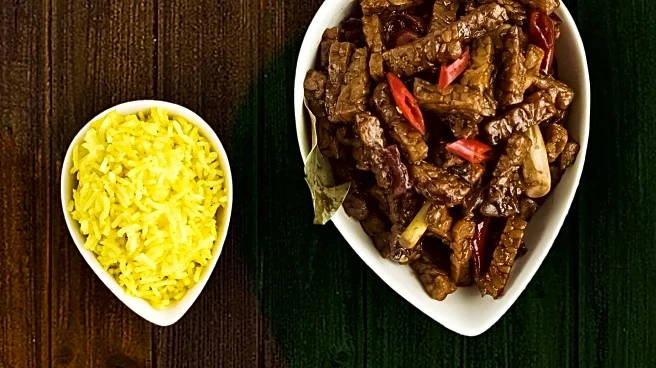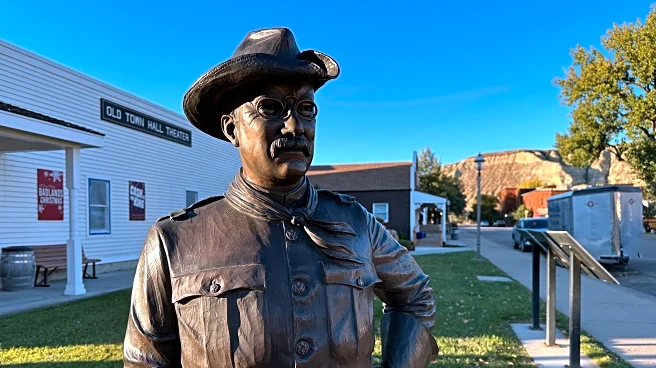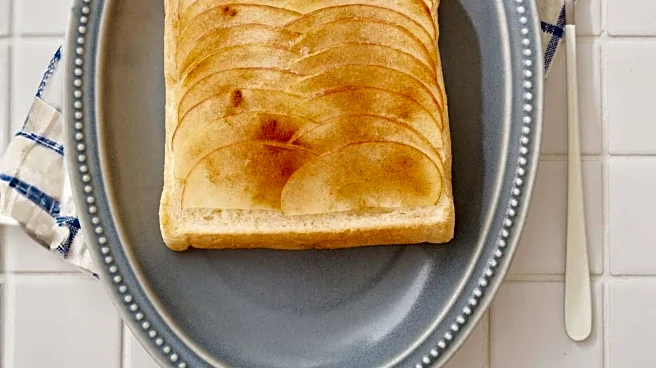What is the story about?
What's Happening?
Archivist and author Rosie Grant has released a cookbook titled 'To Die For: A Cookbook of Gravestone Recipes,' which explores recipes found on gravestones and the stories behind them. The book features recipes from deceased individuals, spotlighting how food serves as a cultural and familial legacy. One highlighted recipe is Mary Silvernail's Clubhouse Cracker Bars with Chocolate Butterscotch Topping, a beloved treat among her family and friends. Silvernail's gravestone in North Dakota features the recipe, symbolizing her love for cooking and the importance of food in her family's heritage. The cookbook aims to preserve these culinary traditions and the memories associated with them.
Why It's Important?
The cookbook underscores the cultural significance of food as a means of preserving family history and traditions. By documenting recipes found on gravestones, Rosie Grant provides a unique perspective on how individuals are remembered through their culinary contributions. This approach highlights the emotional and historical connections people have with food, serving as a testament to the enduring impact of personal recipes on family and community identity. The book may inspire others to explore their own family recipes and consider how food can be a powerful tool for storytelling and legacy building.
What's Next?
The release of 'To Die For: A Cookbook of Gravestone Recipes' may encourage further exploration into the intersection of food, memory, and heritage. Families might be inspired to document their own recipes and stories, preserving them for future generations. Additionally, the cookbook could spark interest in the cultural practices surrounding memorials and how they can incorporate personal elements like recipes. As readers engage with the book, there may be increased appreciation for the role of food in shaping familial and cultural narratives.
Beyond the Headlines
The concept of gravestone recipes raises intriguing questions about how individuals choose to be remembered and the role of food in memorialization. It challenges traditional notions of gravestones by incorporating personal and cultural elements that reflect the deceased's life and values. This approach may lead to broader discussions on how memorials can be personalized to better capture the essence of an individual's life, potentially influencing future practices in memorial design and cultural heritage preservation.
AI Generated Content
Do you find this article useful?















